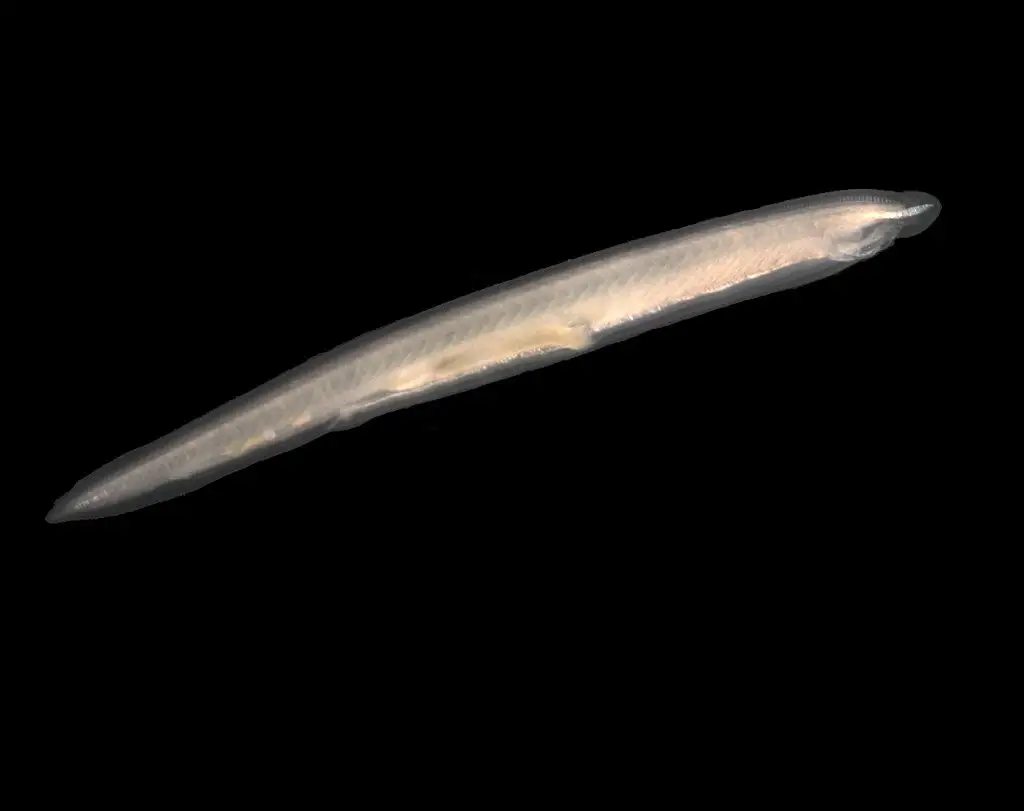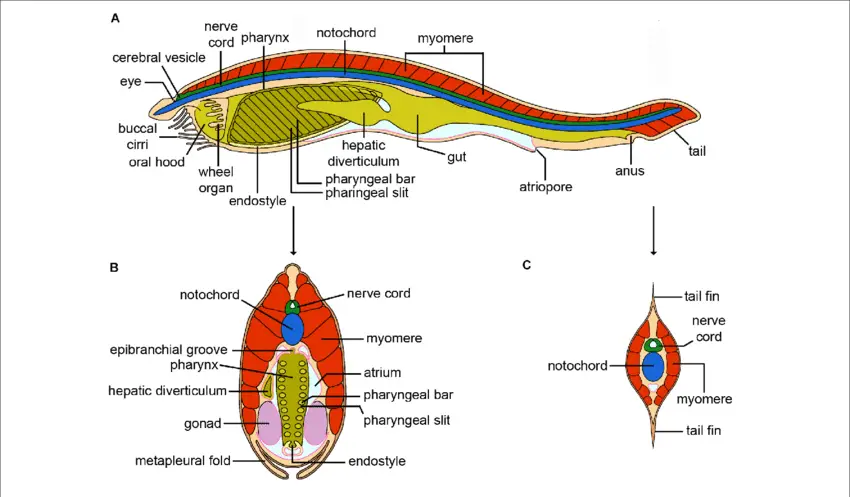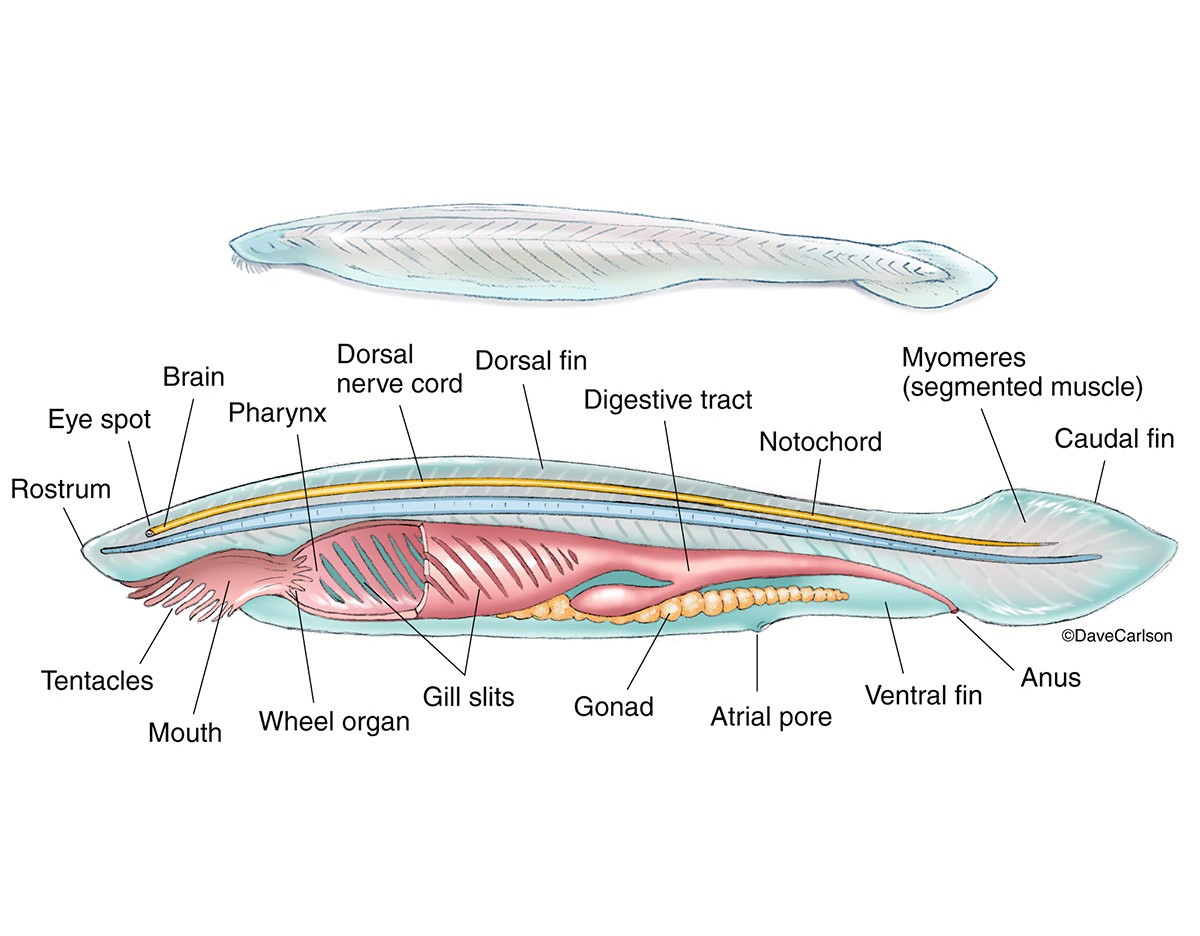Cephalochordate shows similarity with different Non-chordate groups of animals like Mollusca, Annelida, Echinodermata in various features but there are strong differences also present between them. Cephalochordate shows all fundamental features of phylum Chordata in simple form and Cephaochordata are much closer to Chordata as compared to Non-Chordata.
Table of Contents
Affinities of Cephaochordata with Hemichordata:
- Hemichordata have several gill slits and gill bars on the wall of pharynx, pharyngeal wall of Cephaochordata also have large number of paired gill slits.
- Members of Hemichordata are marine, they collect their food from the marine water, they create a water current which enter into their body and alongwith the water current food particles and respiratory gases enter into their body. This mechanism of collecting food is known as filter feeding mechanism, Cephaochordata also create a water current to meet their food and respiratory gases so both Cephaochordata and Hemichordata show filter feeding mechanism.
- In both Cephaochordata and Hemichordata coelom developed from the archenteron during embryonic development.
- In Hemichordata number of gonads very from one to numerous, Cephaochordata also have numerous gonads without gonoducts.

Objections:
- The special segmentation of muscle in Cephaochordata completely absent in Hemichordata, in Hemichordata muscle remain unsegmented.
- The nervous system in Hemichordata is very primitive type and it is Non-chordate type nervous system but in Cephaochordata the nervous system is much evolved with cerebral and spinal nerve and differentiation of central, peripheral and autonomous nervous system.
- Both Hemichordata and Cephaochordata have numerous number of pharyngeal gill slits but the position of gill slits are completely different in them.
- Cephaochordata have true notochord throughout their lifecycle and have post anal tail but in Hemichordata there are no post anal tail.
Affinities of Cephaochordata with Urochordata:
- Both Cephaochordata and Urochordata collect food through ciliary feeding mechanism and the mechanism of respiration is similar.
- Cephaochordata and Urochordata show large sized pharynx with lateral gill slits in large numbers, the presence of endostyle, epipharyngeal groove.
- Ectoderm lined atrial cavity present in Cephaochordata as well as in Urochordata, the atrial cavity open outside through atriopore in Cephaochordata and in Urochordata atrial cavity open outside through atrial siphon which opens outside through atripore.
- In Urochordata the Ascidian larava have caudal fin without any fin rays which present in adult Cephaochordata. In Urochordata laraval stage have notochord above the nervecord, in Cephaochordata the notochord present throughout the length of the body.

Objections:
- In Cephaochordata segmentation are limited in myotomes and in gonads but in Urochordata body segmentation is absent.
- The outer test covering or tunic is present in Urochordata made of cellulose but in Cephaochordata the body do not show such covering.
- Cephaochordata and Urochordata show enterocoelous type of coelom, during embryonic development archenteron form coelom.
- In adult Urochordata notochord absent but in Cephaochordata the notochord extend beyond the brain upto rostrum.
- In the digestive system of Urochordata liver present but in Cephaochordata there are no liver.
- In Urochordata heart present but in Cephaochordata there are no heart, the contraction of blood vessels muscle help in flowing the blood in proper direction inside the blood vessels.
- Urochordata have hermaphrodite gonad but in Cephaochordata sexes are separate with male gonads in male and female gonad in female.
- In Urochordata laraval stage have more advanced features and the larva undergoes retrogressive metamorphosis to become adult which is not observed in Cephaochordata.
Affinities of Cephaochordata with Cyclostomata:
In Cephaochordata and Cyclostomata we can observe some similarities in their larval stage we list them below.
- Cephaochordata have lance like small fish like slender body, the larval stage of Cyclostomata also have similar body shape.
- The dorsal median fin present in Cephaochordata show much similarity with the dorsal median fin of Cyclostomata larva.
- The lateral and anterior projection surround of mouth in Cephaochordata form oral hood which also present in larval stage of Cyclostomata.
- The membranous partition, velum present in the digestive system of Cephaochordata also present in larval stage of Cyclostomata.
Affinities of Cephaochordata with Vertebrata:
- In vertebrates the segmentation of body is clear, in Cephaochordata segmentation observed in myotomes and gonads.
- The coelomic cavity or body cavity is lined by mesodermal tissue in both Cephaochordata and Vertebrata.
- The extended slender part after the anus or post anal tail is a important feature of Vertebrata, post anal tail also present in Cephaochordata.
- In Vertebrates different types of portal system present in Cephaochordata the hepatic portal system present.

Objections:
- In Cephaochordata an enlargement present on the nervecord but it is not true brain but in Vertebrata well developed brain present.
- In Cephaochordata no paired appendages present but in Vertebrata paired appendages present in different form.
- The brain box or cranium give protection to the brain but there are no cranium in Cephaochordata.
- Muscular heart present in Vertebrata and hemoglobin present in the blood as respiratory pigment but in Cephaochordata do not have heart and respiratory pigment.
Reference Cephalochordata Characteristics Features Classification Examples and Diagram
Detailed Information on
Characteristics Features of Subphylum Urochordata
Classification of Subphylum Urochordata
Examples of Subphylum Urochordata: Clavellina, Salpa, and Doliolum
Examples of Subphylum Urochordata
Branchiostoma Habitat and Geographical Distribution
External Morphology of Branchiostoma
Body Wall and Endoskeleton of Branchiostoma
Coelom and Movement in Branchiostoma
Digestive System of Branchiostoma
Digestion and Feeding Mechanism in Branchiostoma
Respiratory and Reproductive System of Branchiostoma
Excretory and Reproductive System of Branchiostoma
Branchiostoma: Morphology, Digestive, Reproductive, Nervous System
Characteristics of Subphylum Cephaochordata
Primitive Degenerate and Specialised Features of Subphylum Cephalochordata
Hi Everyone!!! Welcome to Imaluop. Imaluop always try to learn some new and he want to share to other people. Here we will try to learn various topics on Science, specially on Biological Sciences.
